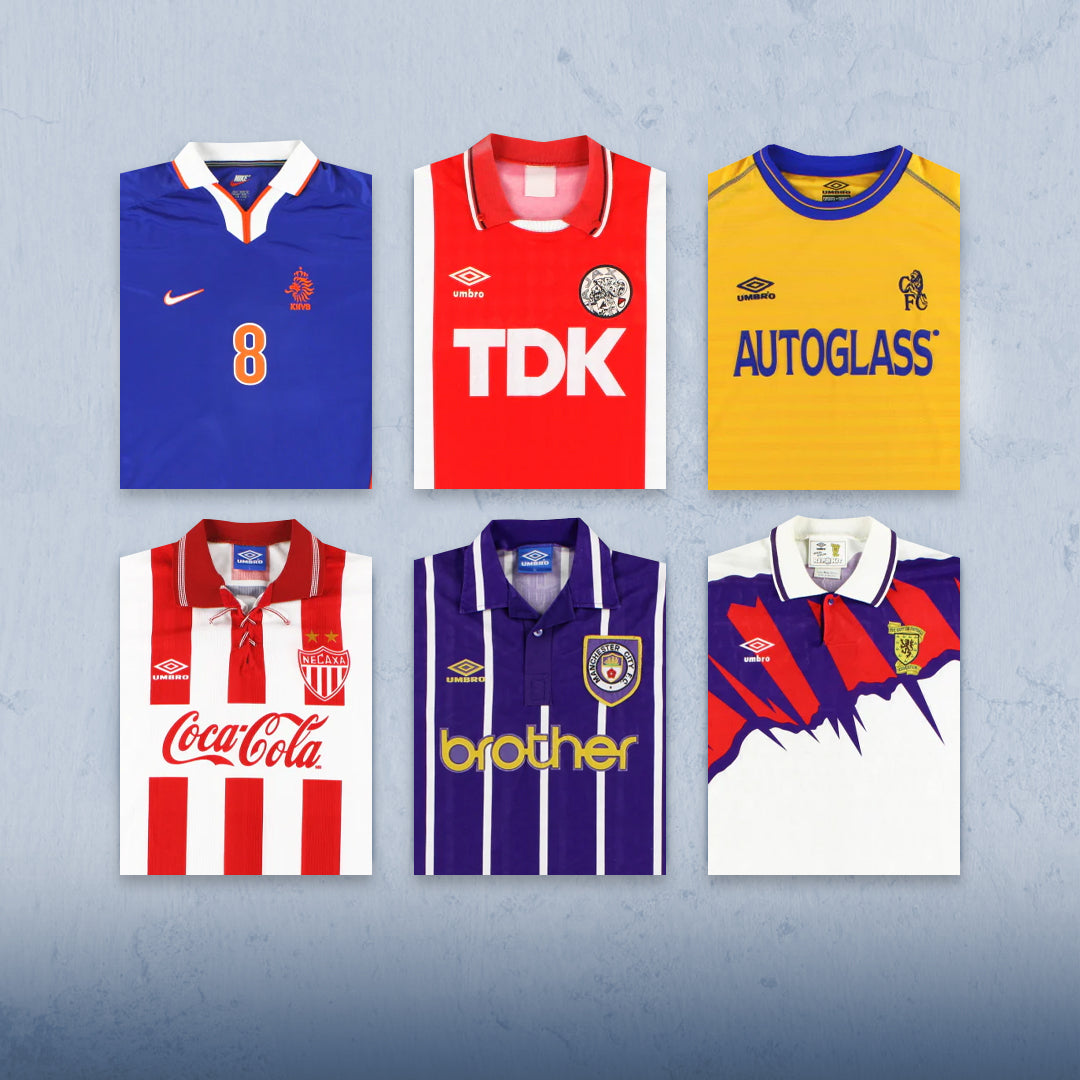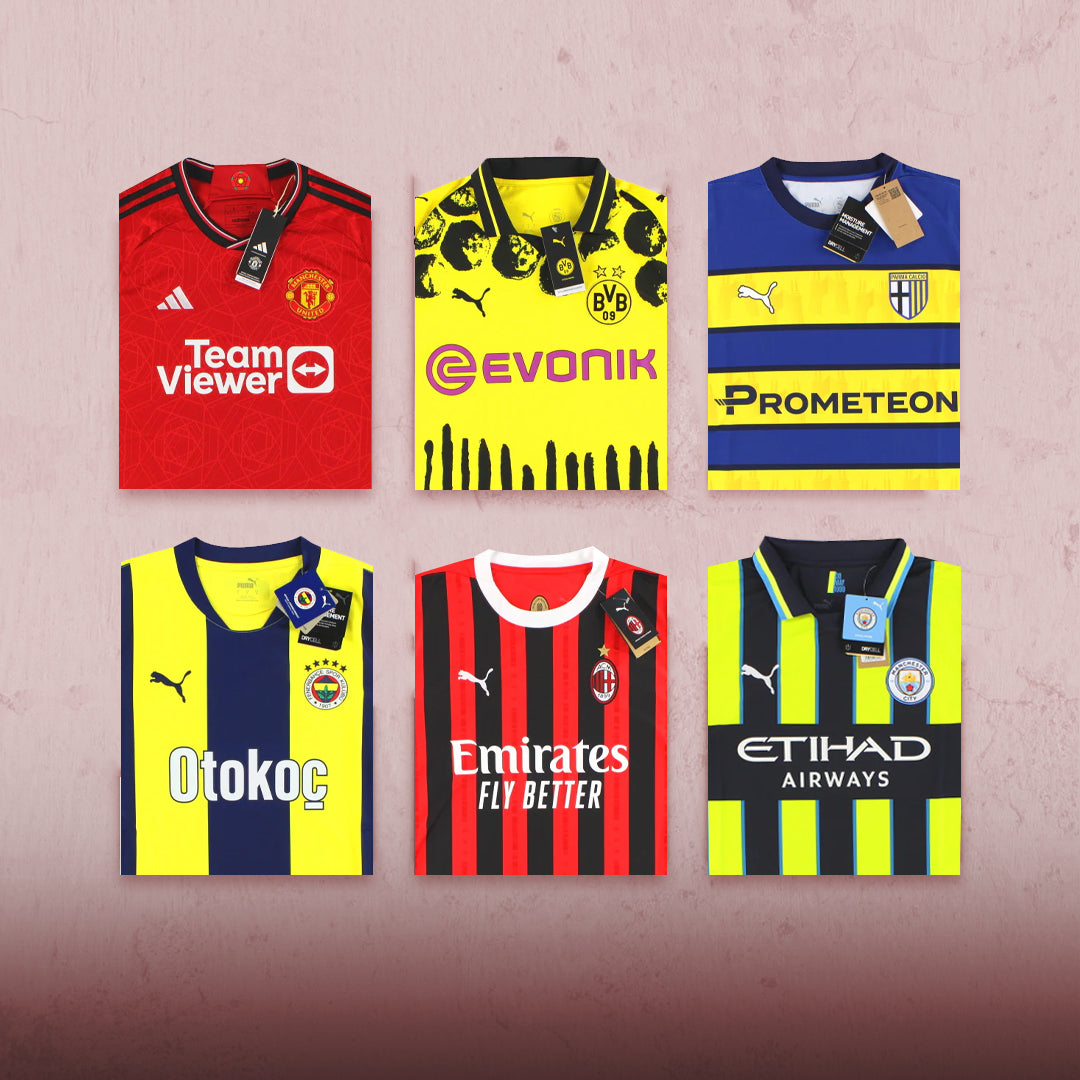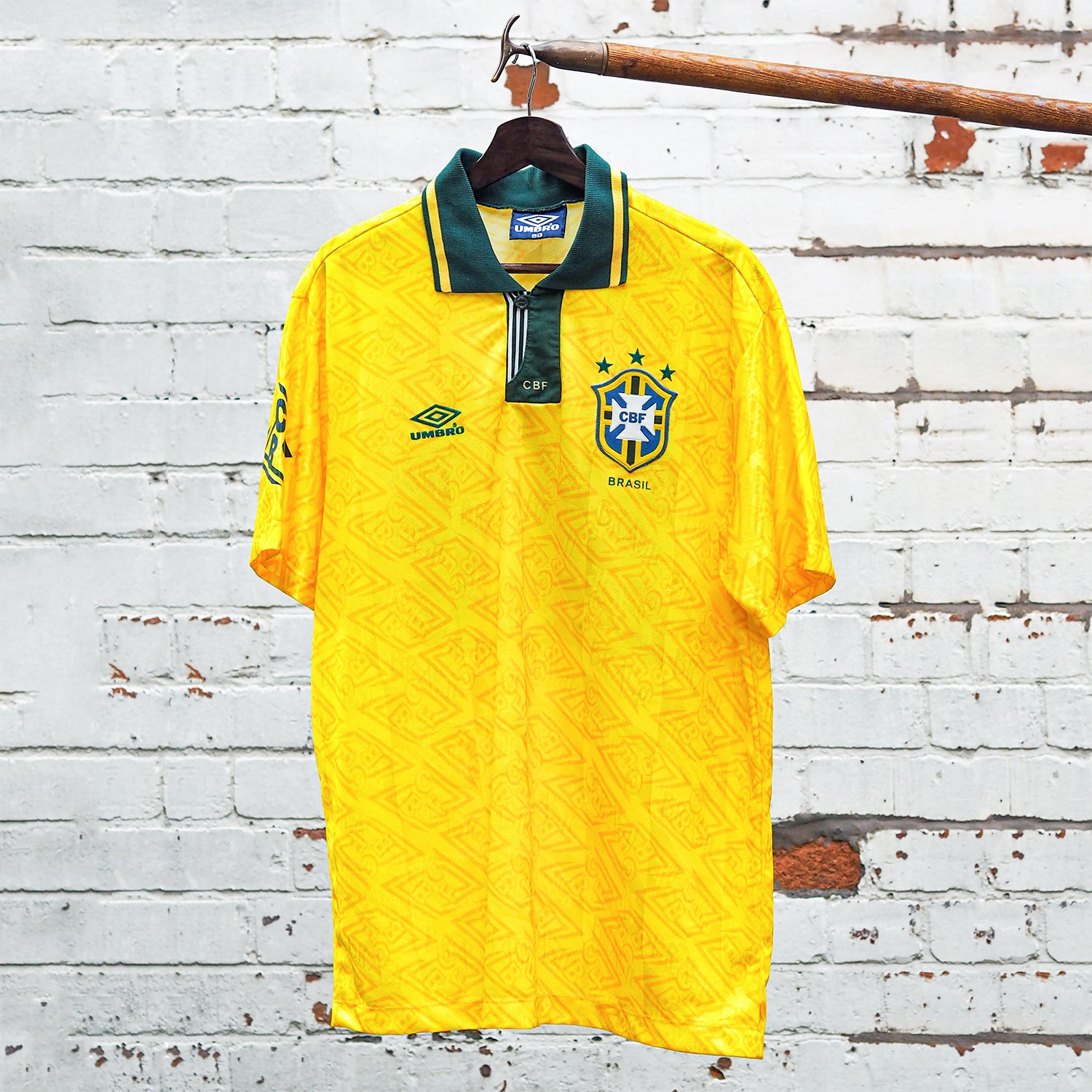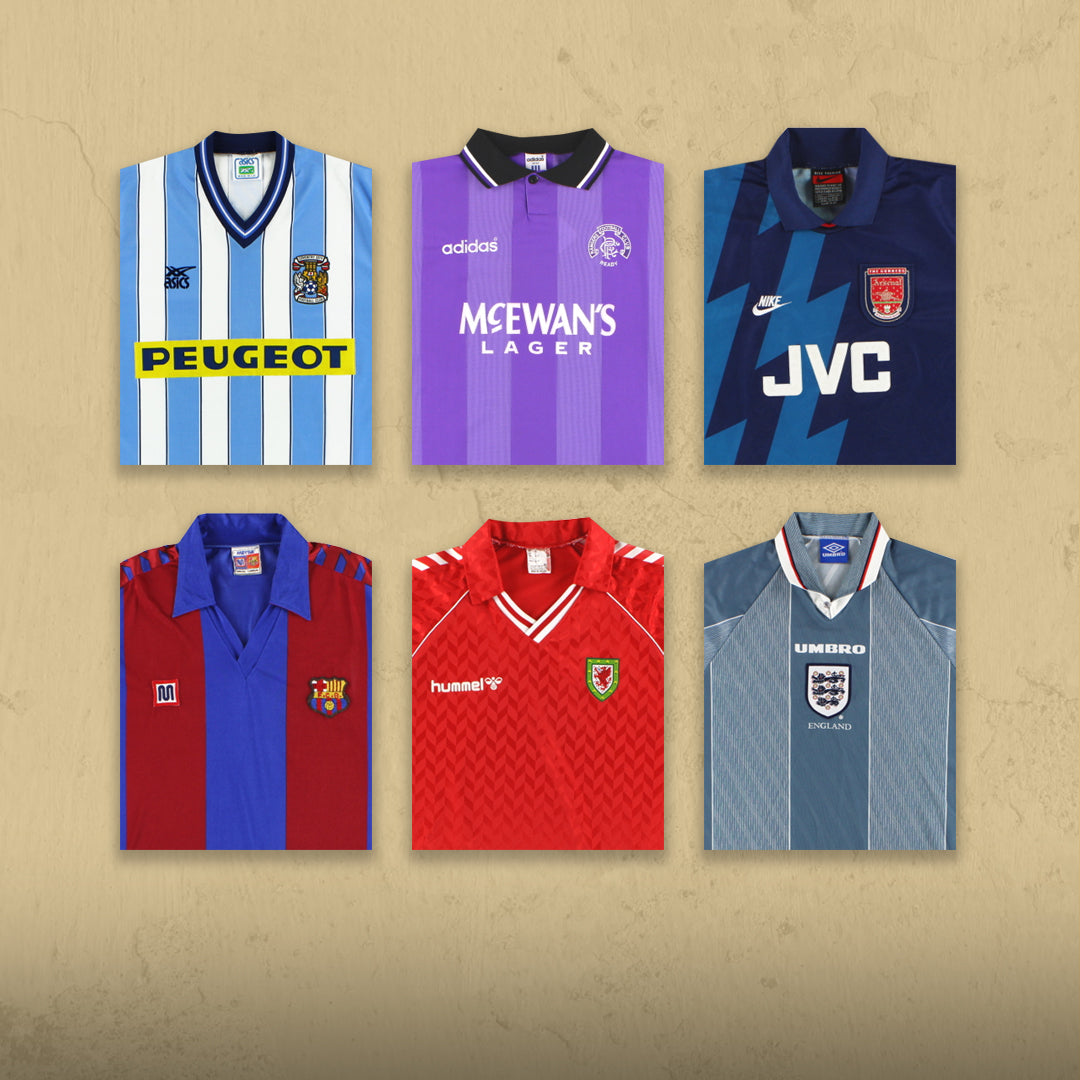
On April 17, 2004, a 14-year-old kid from Ghana by way of Maryland made sports history and captured the imagination of a nation. Freddy Adu, playing for D.C. United, became the youngest goal scorer in Major League Soccer history, a record that still stands more than two decades later.
The goal itself came in the 75th minute of a match against the MetroStars (now New York Red Bulls). Adu had come off the bench just minutes earlier and, with the kind of composure that defied his age, slotted the ball past the goalkeeper to register his first professional goal. While D.C. United lost the game 3-2, Adu's moment stole the headlines.
To fully understand the weight of that goal, you have to go back a few years. Adu had been labeled a prodigy long before his MLS debut. Born in Ghana in 1989, he moved to the United States at age eight. By 10, he was turning heads at local tournaments. At 13, he joined the U.S. U-17 national team. At 14, he signed a professional contract with MLS, and just like that, Freddy Adu became a household name.
Dubbed “the next Pelé” by the American media, Adu was the face of U.S. soccer’s future before he even had a learner’s permit. His talent was obvious—quick feet, excellent vision, and a confidence well beyond his years. But more than anything, he became a symbol. A symbol of American soccer’s ambitions, of what the league hoped to become, and of the potential that still lay untapped in the country’s youth development system.
His early days with D.C. United were electric. Fans packed stadiums just to catch a glimpse of the teenage star. Nike signed him to a $1 million endorsement deal. He appeared in TV commercials, magazine spreads, and talk shows. The pressure was immense. Everyone wanted Freddy Adu to succeed—not just for himself, but for what he represented.
Yet, as many now know, Adu’s career didn’t follow the trajectory many had hoped for. After bouncing between clubs in Europe, the U.S., and beyond—with stints in Portugal, France, Turkey, and even Finland—Adu struggled to find consistency or a permanent home. The burden of expectation, media attention, and constant comparisons weighed heavily on a young player who was still developing both as an athlete and as a person.
Still, that moment in 2004 remains one of the most iconic in MLS history. Not just because of what Freddy Adu did, but because of what it meant. It was a spark. A glimpse into what American soccer could be. And while Adu’s journey is often viewed as a cautionary tale, it’s also a reminder of the passion, potential, and unpredictability of sport.
Freddy Adu’s story is far from typical—but that goal, on that day, will always be a moment frozen in time: a 14-year-old boy becoming asuperstar in the world of professional football.






